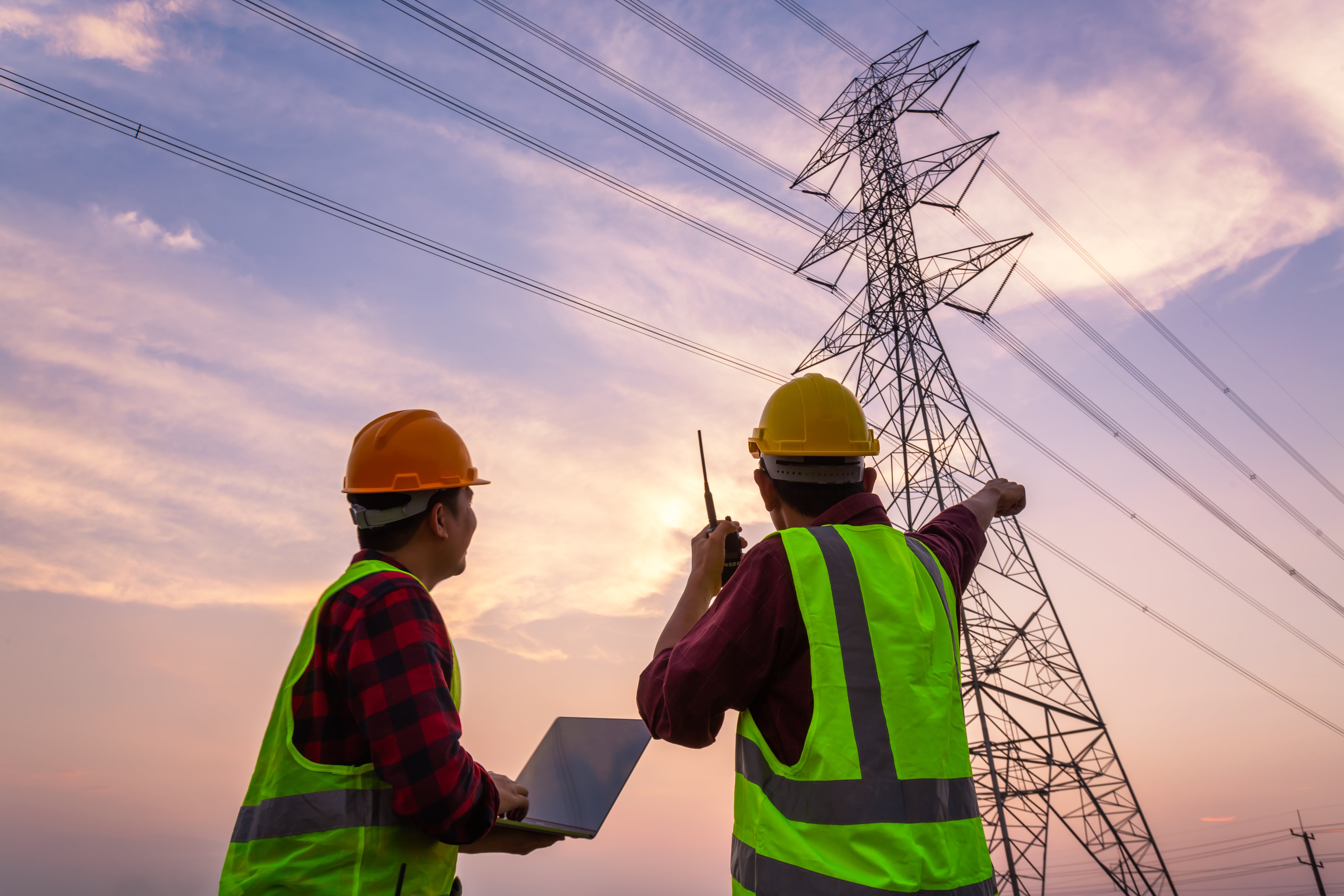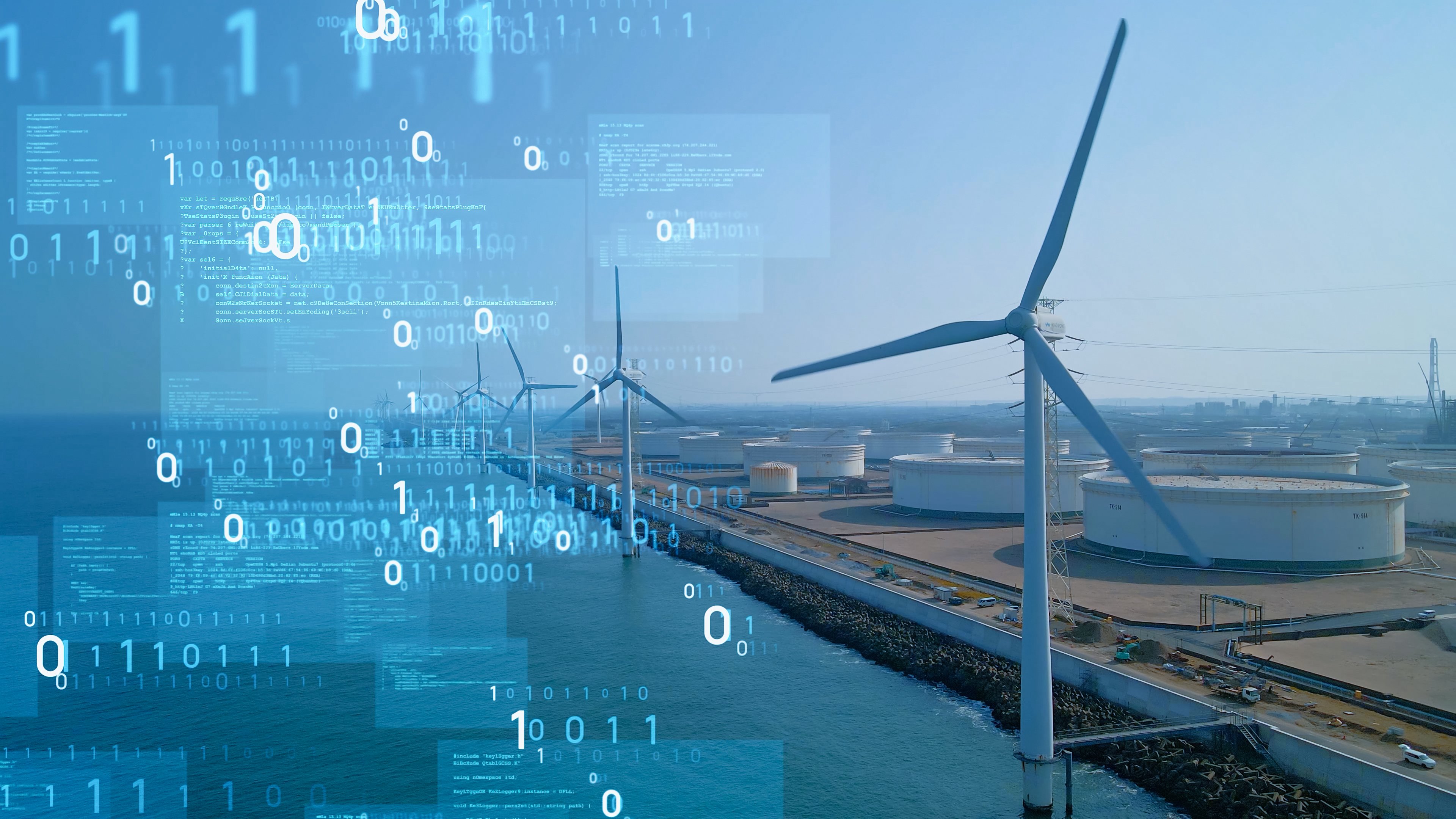The number of connected devices in the Internet of Things (IoT) is expected to double by 2020, and smart cities are already being built around the world. But Australia is still in the early stages of infrastructure planning and developing its first smart cities, boosted by its government’s $50 million investment in the Smart Cities and Suburbs Program.
Where Are the World’s Smart City Hotspots?
Smart cities use various information and communication technologies (ICT) to deliver intelligent, personalized services to residents. Whether it’s air-quality sensors that send pollution alerts to your mobile phone, or smart roads designed to maximize traffic flow and reduce accidents, they can make urban life easier, safer, and more enjoyable.
In the U.S. for instance, the city of San Diego has installed sustainable energy solutions such as intelligent street lighting system that utilizes sensors and computer-vision software and helps save an estimated $250,000 a year. The system pulls in parking and other real-time data and processes it in the cloud.
In the Netherlands, microphones have been placed in light poles to help predict and prevent dangerous incidents. The system uses big data analytics to scan speech for signs of aggression, without eavesdropping on the conversation.
And in Tel Aviv, tech-savvy residents are encouraged to help improve city life. The DigiTel mobile app provides individualized, location-specific information and services, and lets users report local hazards. Residents are also invited to develop their smart city apps using open municipal databases.
Which Australian Cities Are the Smartest?
Information technology is already playing a major role in providing more sustainable energy solutions in Australian cities, making them more livable and prosperous. Most homes and businesses are connected through the Internet, and many utilize smart lighting, thermostats, virtual assistants, and other smart technologies.
Melbourne has led smart city innovation with its parking sensors and smart bins. Its open data platform allows anyone to get online and view real-time city data-from urban wildlife statistics to finding outlets for affordable fresh food, to the status of the city’s bike-share program.
In Adelaide, the Sunshine Coast and Newcastle, citizens have been consulted on what urban issues matter the most to them, varying from CBD parking to fostering a knowledge economy. The Adelaide CBD is trialing smart LED lighting for pedestrian walkways to help conserve energy, and create optimal lighting conditions for a safe night-time environment. As part of its digital strategy, the city plans to deploy low-power, wide area networks (LP WAN) to support IoT sensors.
Who Is Sponsoring Smart Cities?
The Australian Government is helping kick-start smart city initiatives with its Smart Cities and Suburbs Program. It supports projects that apply smart technology, data, and people-focused design to improve the livability of metropolitan and regional urban centers.
There is also the Australian government’s Smart Cities Plan, which received over 130 submissions from individuals and organizations. The plan aims to help develop policies that support productive, accessible, livable cities that attract talent, encourage innovation, and create growth.
In a statement at the 2016 Broadband World Forum, the Australian National Broadband Network (NBN Co) expressed an interest in supporting a future IoT network. They have also been working with cities and councils to find new uses for their network.
The 2017 University of Sydney report ‘How smart are Australian cities’ acknowledges that there is no standard playbook for developing a smart city. It emphasizes the value of smart leadership, collaboration, embracing disruptive technologies, open data and open sourcing, and the concept of ‘living labs,’ where people and organizations can co-create solutions to urban problems.
Impact on Australian CSPs
Most cities require little infrastructure planning, as already existing telecom infrastructures can be leveraged to support smart city technologies. The IoT will drastically increase the number of networked devices that CSPs will need to provision and track. End-users will need to embrace a multi-tier, device-specific approach to network security that protects both personal privacy and public safety.
Future Australian smart cities will be powered by powerful servers, smart endpoints, and superfast communication such as fiber-to-the-premises and 5G broadband. They will employ the next generation of mobile, cloud, and data analytics. CSPs will be instrumental in providing the connectivity, mobile technology, and data center infrastructure that ties it all together.
To help drive investment and innovation for Australian smart cities, CSPs will need to work closely with different industries-finance, retail, clean energy, transport, tourism, education, and government-to develop solutions that help improve the livability, productivity, and accessibility of urban centers.
As such, CSPs will need to evolve from simply being service providers to being partners and enablers that apply their assets, expertise, and innovations to turning smart cities from vision into reality.













Let Us Know What You Thought about this Post.
Put your Comment Below.